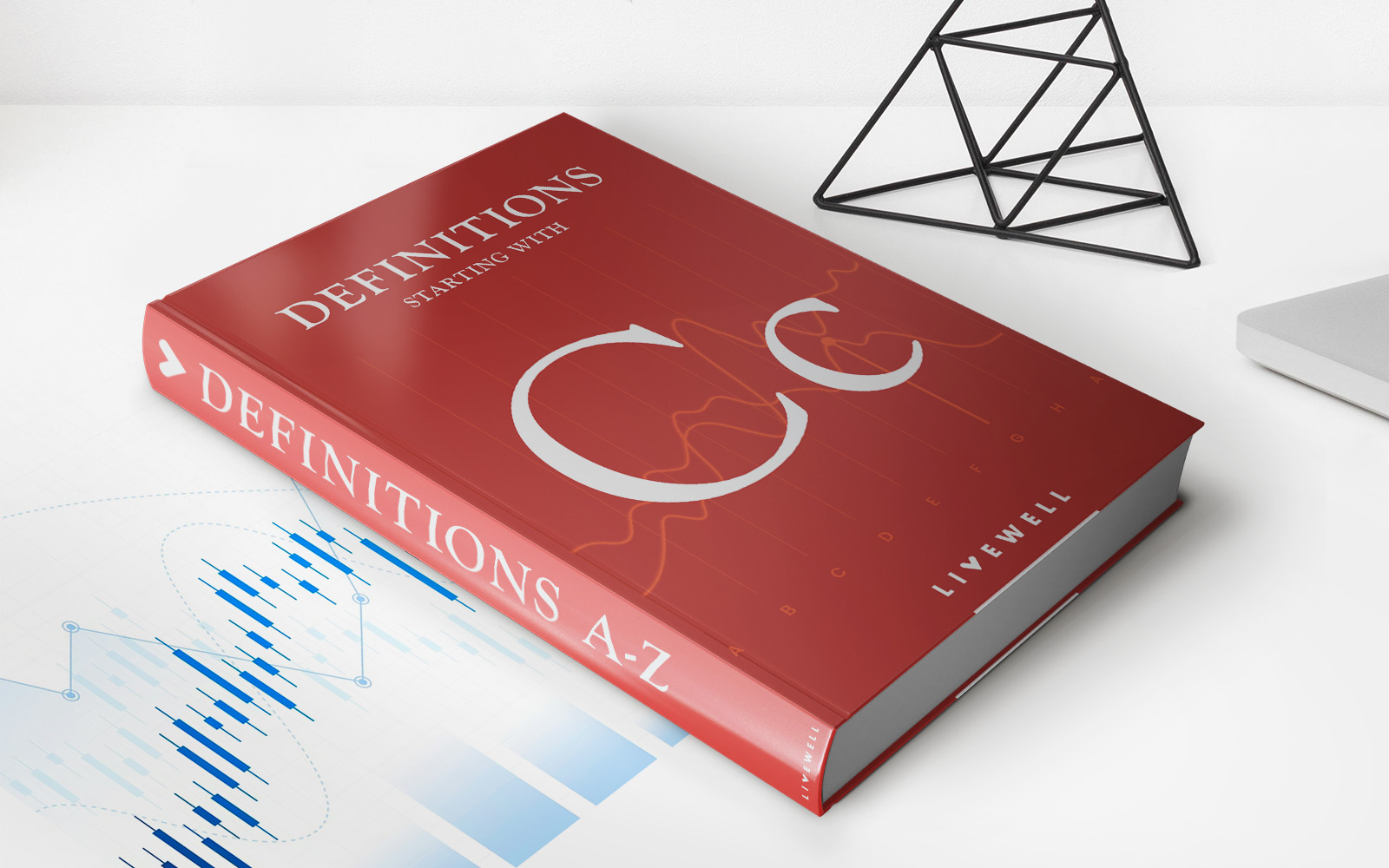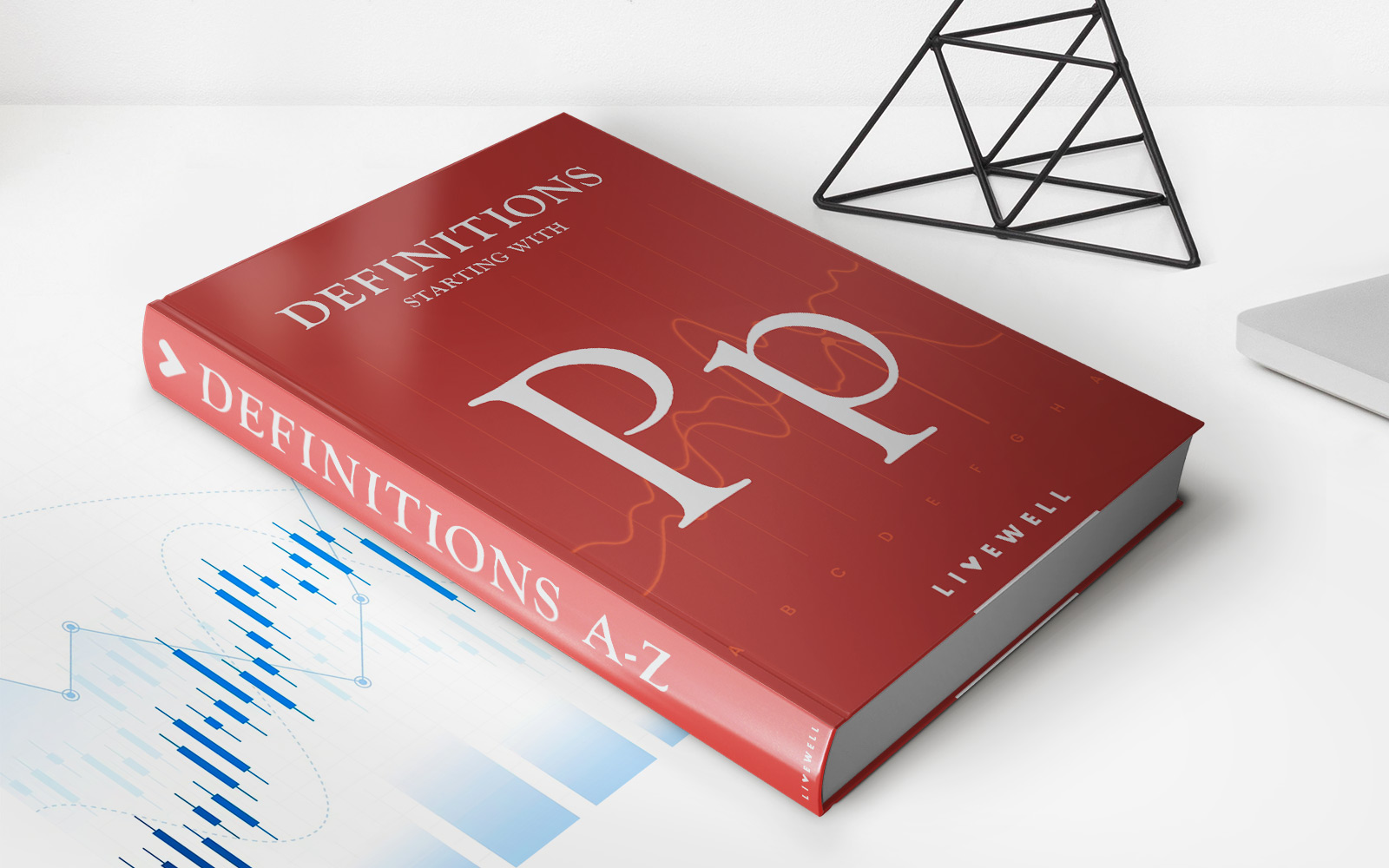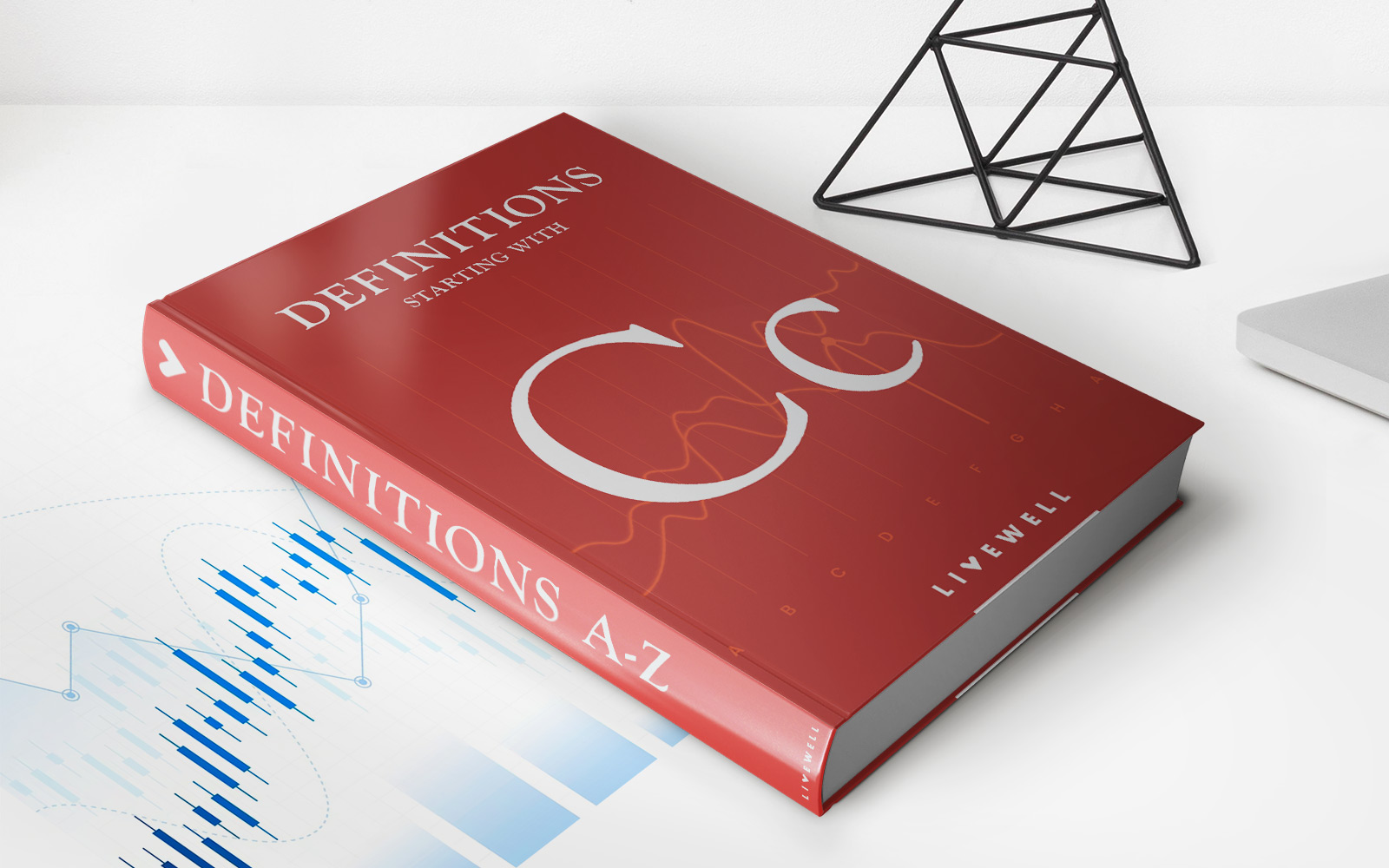Home>Finance>Optimal Capital Structure Definition: Meaning, Factors, And Limitations


Finance
Optimal Capital Structure Definition: Meaning, Factors, And Limitations
Published: January 3, 2024
Learn the meaning, factors, and limitations of optimal capital structure in finance. Enhance your understanding of finance with this comprehensive guide.
(Many of the links in this article redirect to a specific reviewed product. Your purchase of these products through affiliate links helps to generate commission for LiveWell, at no extra cost. Learn more)
Optimal Capital Structure Definition: Meaning, Factors, and Limitations
When it comes to managing finances, one crucial aspect that businesses need to consider is their capital structure. In simple terms, capital structure refers to the mix of debt and equity financing that a company uses to optimize its financial position. But what exactly does optimal capital structure mean? And how do businesses determine what is best for them? In this blog post, we will explore the meaning of optimal capital structure, discuss the factors that influence it, and delve into its limitations.
Key Takeaways:
- Optimal capital structure refers to the ideal mix of debt and equity financing that maximizes a company’s value and minimizes its cost of capital.
- Factors such as industry norms, financial flexibility, risk tolerance, and tax implications play a crucial role in determining a company’s optimal capital structure.
- Industry Norms: Every industry has different capital structure expectations based on risk factors, profitability, and growth potential. It is essential for businesses to align their capital structure with industry practices to remain competitive.
- Financial Flexibility: Assessing a company’s ability to access capital in the future is crucial. If a business anticipates the need for additional funds for expansion or unforeseen circumstances, it may opt for a more conservative capital structure to maintain financial flexibility.
- Risk Tolerance: Different companies have varying risk tolerances due to factors such as market conditions, management expertise, and sensitivity to economic changes. A higher risk tolerance might lead to a more leveraged capital structure, while a lower risk tolerance could result in a more conservative approach.
- Tax Implications: Companies need to consider the tax implications associated with debt and equity financing options. Debt interest payments are tax-deductible, reducing the company’s tax burden. Therefore, businesses operating in higher tax jurisdictions might prefer a higher debt ratio to optimize their tax efficiency.
- Changing Market Dynamics: Industries and market conditions can rapidly change, impacting a company’s optimal capital structure. It is vital for businesses to continuously evaluate and adjust their capital structure as per market dynamics.
- Financial Constraints: External factors such as economic climate, interest rates, and investor sentiment can impose limitations on a company’s access to debt or equity financing options. These constraints may hinder the achievement of the ideal capital structure.
- Company Life Cycle: A company’s capital structure requirements may evolve as it progresses through various stages of its life cycle. Startups, for example, might rely heavily on equity financing initially, while more established businesses might take on more debt to fund expansion or acquisitions.
What is Optimal Capital Structure?
Optimal capital structure is the balance between debt and equity financing that allows a company to achieve its financial goals effectively. It revolves around determining the right ratio of debt and equity that minimizes the cost of capital and maximizes overall value. This balance is unique to each company and depends on various factors such as industry, business model, growth stage, and risk appetite.
Factors Influencing Optimal Capital Structure:
Limitations of Optimal Capital Structure:
While securing an optimal capital structure is crucial for businesses, there are some limitations to consider. These include:
In conclusion, understanding and achieving an optimal capital structure is crucial for businesses to effectively manage their finances. By evaluating factors such as industry norms, financial flexibility, risk tolerance, and tax implications, companies can determine the ideal balance between debt and equity financing. However, it is important to recognize the limitations posed by changing market dynamics, financial constraints, and a company’s life cycle. By remaining proactive and adaptable, businesses can navigate these challenges and optimize their capital structure to achieve long-term financial success.














